LADC-GEMM
Education and outreach products generated by the Littoral Acoustic Demonstration Center – Gulf Ecological Monitoring and Modeling (LADC-GEMM) consortium.
Grad Student Leftwich Unites Dolphin Research and Secondary Education

Researchers believe that large numbers of deep-diving marine mammals were living near the Deepwater Horizon site during the 2010 spill and may have experienced changes in their population distribution and abundance. Kendal Leftwich conducts acoustic research assessing how northern Gulf of Mexico dolphin populations changed and recovered over time to help researchers better understand the Read More
Video: LADC-GEMM Drone Footage of Research Cruise

A recent visual and acoustic survey of the northern Gulf of Mexico assessed changes in marine mammal distribution and ambient noise levels following the Deepwater Horizon oil spill. The short clip follows the R/V Pelican as it surveys the area. Watch the video here.
LADC-GEMM Undergraduate Student Reflects on Summer Cruise Experience
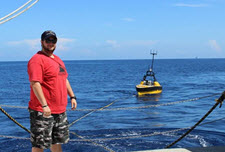
Matt Firneno recently completed Bachelor’s degrees in physics and mathematics at the University of New Orleans. He participated in LADC-GEMM’s recent research cruise aboard R/V Pelican, where he assisted learned about different forms of data acquisition and real-time data analysis. Learn more about his research and experiences here.
LADC-GEMM Blog Post Introduces “Will” the Seaglider

“Will” is an underwater autonomous vehicle that will survey and collect acoustic Gulf of Mexico data for approximately eight weeks. Every four hours, the glider surfaces, relays information back to a base station at Oregon State University, and descends again to collect more information. Will is surveying and collecting acoustic data in the Gulf until Read More
SeaGlide Workshop Engages Teachers and Students in Ocean Research Technology

Researchers from Oregon State University, the University of New Orleans, and Proteus Technologies explained how they use ocean gliders to collect temperature, pressure, and acoustic data such as sounds made by Gulf of Mexico whales and dolphins. The Littoral Acoustic Demonstration Center – Gulf Ecological Monitoring and Modeling (LADC-GEMM) team guided the participants in constructing Read More
Grad Student Tang Studies Whale Populations’ Oil Spill Recovery
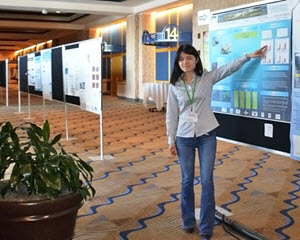
When disaster strikes, responders look at how creatures in its path may be impacted to mitigate damage. Tingting Tang takes the process one step further, using mathematical models to predict how long recovery may take. The creatures that Tingting focuses on are some of the Gulf of Mexico’s largest predators and most charismatic animals, beaked Read More
Lesson Plan: SeaGlide Educator Workshop, 2016
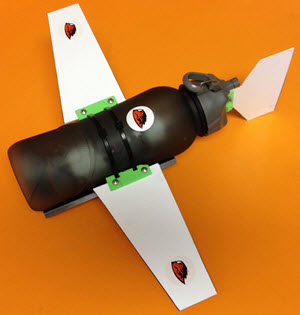
Twenty teachers turn water bottles into mini SeaGliders The research and science behind projects like Littoral Acoustic Demonstration Center – Gulf Ecological Monitoring and Modeling (LADC-GEMM) can often seem high-brow, inaccessible, and even confusing. So, one of the ways the LADC-GEMM project aims to demystify ocean science is by using the popularity of robotic ocean gliders Read More
AUV Jubilee: CONCORDE Coordinates Gulf-Wide Data Collection Event
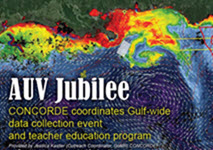
The AUV Jubilee was a premier event to coordinate autonomous underwater vehicles, known as AUVs or gliders, and other in situ operations in the Gulf of Mexico during July 2015. Called a “big science party,” the name used the term Jubilee to refer to the Gulf Coast phenomenon during which naturally occurring hypoxia pushes fish Read More
Tracking Marine Mammal Recovery after the Deepwater Horizon Oil Spill
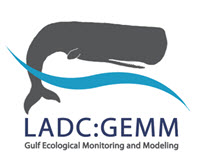
Did whale and dolphin populations change after the oil spill? Prior monitoring indicated that large numbers of these deep-diving marine mammals were living near the Deepwater Horizon site. The Gulf of Mexico Research Initiative recently awarded the Littoral Acoustic Demonstration Center – Gulf Ecological Monitoring and Modeling (LADC-GEMM) consortium a grant to study endangered sperm Read More









